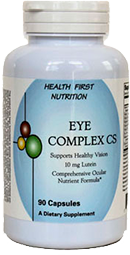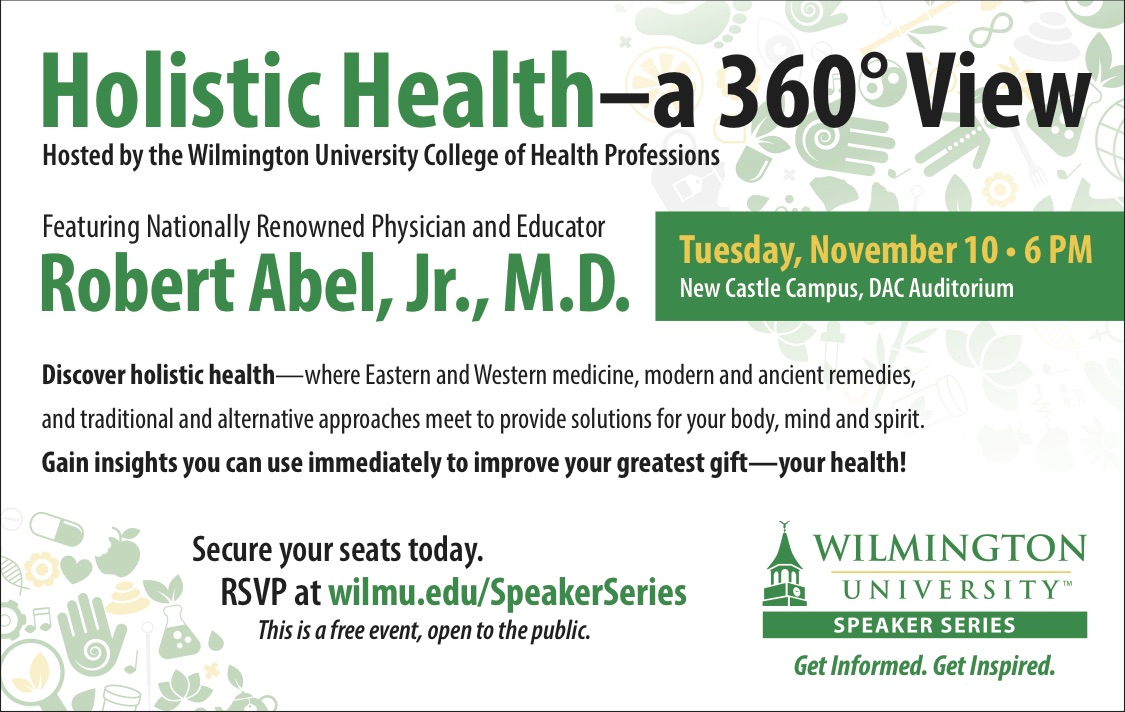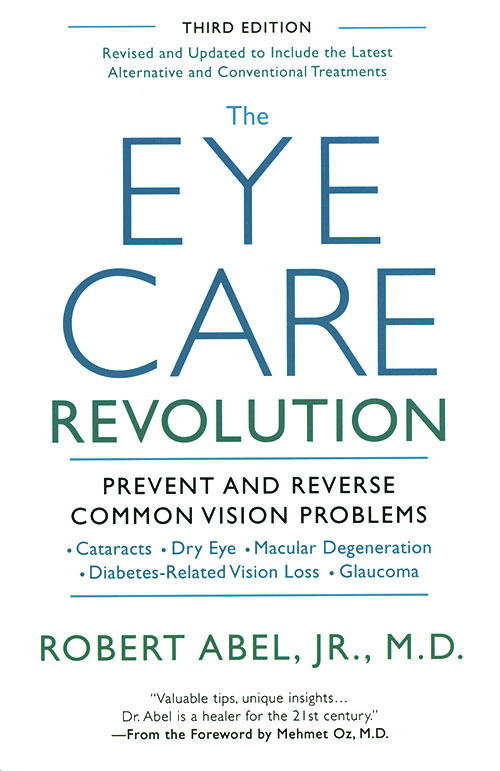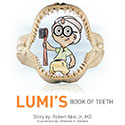Kid’s Eye Health
Kids don’t usually recognize eye problems and are unlikely to tell parents if they do. They may not tell you about needing glasses, having a lazy eye, having crossed eyes, allergies or even migraines. Therefore, you and your pediatrician must be vigilant in caring for the health of your kids’ eyes.
Amblyopia (Lazy Eye)
One percent of children have an amblyopic eye due to the fact that the eyes cross or one eye is out of focus. Occasionally, a cataract or other obstruction is the cause and must be diagnosed early to save vision. After the age of 5 or 6 the lazy eye may not be able to be stimulated. Early patching of the better eye remains the usual therapy.
Space age technology is being applied to detect amblyopia. By taking a picture of the light reflex with regular or polarized light, the diagnosis of amblyopia can be made and treatment initiated at the earliest possible date
Cover/Uncover Test
You can actually test a young child by covering one eye while he or she watches television or looks at your funny faces. If the child’s attention does not waiver, then he is capable of seeing well with the uncovered eye. Now, move the cover over the other eye. If the child tries to move the covering object away, it is time to have him seen by a pediatric ophthalmologist.
Refractive Errors
A child’s eyes may be out of focus and in need of eyeglasses. A complete eye exam (including refraction with dilation of pupils) is a good idea before going to school. Early detection can lead to better performance in school and avoid other social problems,
Headaches
A child may appear uncomfortable, withdrawn or disinterested rather than telling you about a headache. Headaches are often signals about an underlying problem. Back of neck and temple pain usually signals stress. Pain in the eye and orbit may signal tension in the back of the neck. Jaw pain signals a problem with the teeth. Your pediatrician or a pediatric ophthalmologist should be consulted.
Allergies
Red eyes, tearing, runny nose and sneezing are obvious signs of allergy problems. Irritation of the eyes, sinuses and gastrointestinal tract can be related to pollen or food allergies. Environmental irritants may be from pollen, rugs, ductwork, pesticides or food. Food colorings or additives may be the culprit as well. Many cases of recurrent middle ear infections, for example, can be treated by eliminating certain things from your diet, such as dairy or wheat.
ADD & ADHD
Behavior and learning disabilities are detected early and in many cases may be related to omega-3 fatty acid deficiency during early life. Adding DHA and arachadonic acid to a pregnant woman’s diet will increase the level in her child. Putting these essential fats into formulas or as vitamins in later childhood can have a remarkable affect. Remember to get an early eye exam and rule out hearing disabilities.
What to Eat
What you serve yourself will be a model for your child. Healthy grain, vegetables, fruits, fish, organic meats are important. Minimize refined sugar and flour, artificial sweeteners, caffeine, extra salt, saturated fats and white rice. Make desserts a reward, not a craving and a habit. So lead by example.







